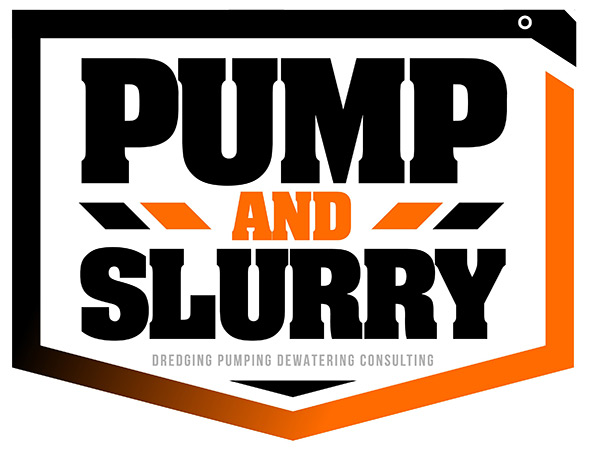Dredging Early Beginnings
Water has always been a key way to transport people, goods, and everything else. Yet it’s not always smooth sailing.
Sedimentation and siltation occur naturally. But they make the water level drop. When this goes out of control, the waterbody can even shut down navigation.
Until the 15th century, there hasn’t been much progress in terms of dredging. People had no equipment whatsoever and were forced to dig up the mud by hand.
As overseas trade significantly increased, so did the necessity to have bigger ports and ships. This brought along the development of better methods to dredge such as agitation ones which pushed the sediment towards the current.
Development of the First Dredging Equipment
The next step was the mud mill, which could dig up mud. It had a rough start as it used people or horses to get power until the steam engine replaced the exhausting and ineffective process.
Dredging Trial by Error and Evolution
The 19th century marked important improvements such as dredging by suction and the cutter suction dredger. Suction dredgers were used for works in the US and Europe.
A piece of well-known initial equipment was General Moultrie, which operated based on a centrifugal pump and a suction pipe. It was unsuccessful and eventually sank while working on the Charleston River.
The French ones performed better while building the Suez Canal. Their flaw was that they couldn’t remove rough sediments. Cutter suction dredgers fixed this issue and managed to eliminate different types of soils.
Though the trailing suction hopper dredger didn’t start as a hit, it quickly became the ideal option in the 1960s. Its main advantage is that it can widen the channel without blocking shipping traffic.
Enhancing the Future of Dredging
- A full complement of services.
- Custom to the task dredging equipment.
- Industry-leading innovative pump systems that combines high reliability and greater capacity.
- World class dredging consulting and services.
21st-century modern equipment that is monitored and controlled with greater precision so that the entire dredging procedure can be carried out without having to go back for remediation.




